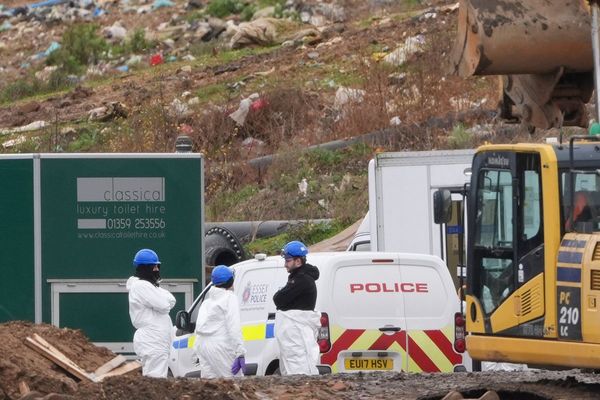
How did a trip to the post-Mao PRC measure up to Western dreams of China? The Observer’s future foreign editor Nigel Hawkes investigated in 1981. Arrival was not via a romantic ‘long boat journey’, with Peking finally appearing ‘As if by sleight-of-hand out of the clinging dust, its swooping roofs of brilliant coloured tiles dazzling the traveller.’ Instead, tourists were unceremoniously ‘decanted’ en masse at Peking airport where Hawkes nevertheless found a little poetry in the ‘distant susurration of teams of ancient American ladies from Seattle, shuffling along in tennis shoes.’
Tourism remained heavily regimented. Visitors were allocated hotels ‘according to no discernible rules of logic’: VIPs might end up in a tower block with no lifts or hot water while ordinary tourists ‘luxuriate in splendour’. Trips were overseen by an approved guide following a fixed itinerary of historical sites and cultural highlights. There were factories to be visited and statistics to be triumphally delivered. In Nanking, ‘A serious young lady… gives us a talk which might be subtitled “More than you ever wanted to know about the Yangtze River Bridge”.’
Despite that, China was ‘in an extraordinarily relaxed mood’. Clothes were varied and colourful – a purple shirt here; a skirt there – and people would occasionally say ‘surprising and indiscreet things about their rulers, even venturing criticism of… Mao Tse Tung himself’.
Mao’s mortal remains formed part of the itinerary: ‘He is on view nine hours a week and the rest of the time is lowered into preservative. The atmosphere is sombre.’
Now-familiar images appear: jade and silk and wide boulevards whirring with cyclists; the Wall and the sheer overwhelm of so many people. More arresting are the unexpected ones that capture a place and time quite particularly: a mule ‘hanging in mid-air’ to be reshod; Mao’s ‘stretched parchment’ skin; so many Chinese families photographing each other in a temple they obscure the ‘huge bronze incense burners’. ‘The pleasure of visiting somewhere totally strange is that the eye is forced to work,’ wrote Hawkes. That work paid off.







